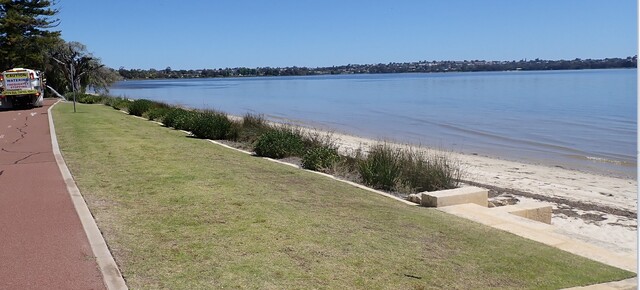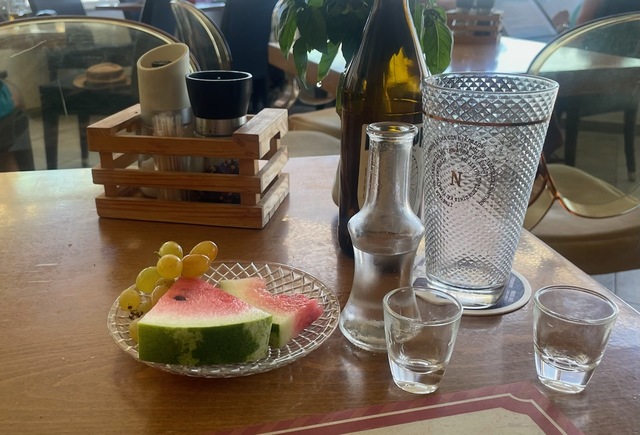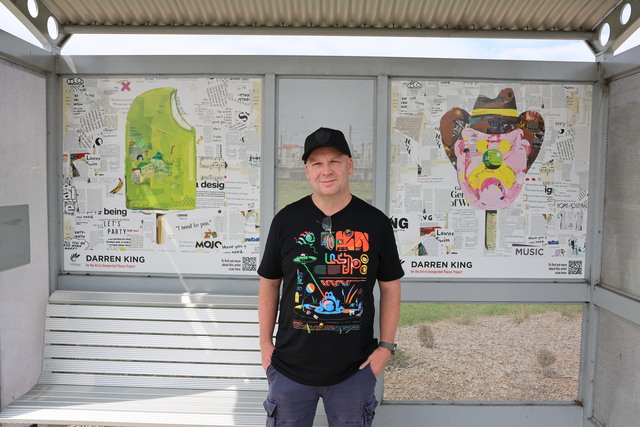I had dinner with friends in Melbourne recently when the discussion turned to what we’d like our nation to look like in 20 years’ time.
The consensus was that we would ideally have a properly-funded health system, better-planned infrastructure, a decent public education system, a TAFE system that hasn’t been bashed, a fair and equitable tax system, serious investment in renewables, a manufacturing base and a network of medium-fast trains.
One might think that these are rather idealistic, but the Nordic nations are well down this path and they’re happy nations to boot, notwithstanding high tax regimes to fund their social infrastructure.
Fast forward to the night of the Federal Budget and we had the Treasurer claiming that the Budget is an economic plan for the future. No such thing – rather a patchwork of initiatives and gaping holes compared to the Utopia we mused about in Melbourne.
On the credit side of the ledger are; the PaTH program to ease young people into jobs; tightening of superannuation provisions for the wealthy; a Trusted Trader program to support exporters in regional Australia; a generous $50m to the Australian Grape and Wine Authority to promote wine tourism; funding for two new overseas consulates; tax relief for small business; a modest effort to curb multinational tax avoidance; a Water Infrastructure Loan Facility ($2 billion over 10 years); $594 million towards the Melbourne-Brisbane Inland Rail; commitments to the Victorian Transport Package and top-ups for the Roads to Recovery, Blackspot, Bridges Renewal and Heavy Vehicle Program programs. The Budget papers also refer to a commitment to release a regional development policy in 2017.
But on the debit side was silence on Gonski education reforms, virtually zero on peri-urban infrastructure, a ridiculous over-reliance on a tobacco excise tax, the usual fiddling with tax brackets, no clear way forward on tax reform, and no coherent message.
The problem is that we put way, way too much store in the Budget. It never can be a true economic plan because the primary skills of Treasury-Finance officials are in fiscal and monetary policy, and not the breadth of economic and social policy which are so intertwined. They are invariably very intelligent people, but don’t have the background to explain the narrative.
I hope Turnbull and his close advisers can avoid the Treasury-Finance influences and come with a coherent way forward before the 2 July election. The conservatives could do worse than to hire McKinsey & Co. to package and sell the big picture, because it certainly didn’t come through in the Budget.
Regional Livestock Exchanges
There is considerable investment underway nationally in regional saleyards, which is putting pressure on smaller facilities. For example, a greenfield facility opens in Yass New South Wales this year – a $14 million venture financed by local investors. The new facility will surely impact on the viability of saleyards in Goulburn, Cootamundra and Braidwood. Meanwhile in Sale (Victoria), a refit of the saleyards has been completed, including: soft floored selling area; roofing; and dedicated buyers’ walkways. It was financed by Council and industry sources.
Investments have also been made in other saleyards with the help of the federal government, mostly through RDA grants. For example, the following grants have been rolled out:
- Kattaning, WA – $7.4 million
- Yea, Vic – $363,000
- Hamilton, Vic – $1.99 million
- Casino, NSW – $3 million
- Bourke, NSW – pending.
Now we’re a great supporter of the RDA program, but these grants must surely be interfering with market forces associated with the livestock industry, not to mention the livelihoods of towns. It’s a complex issue. A saleyard can be a critical piece of a town’s infrastructure. But if one saleyard gets a subsidy and those within trucking distance do not, there is a knock-on effort to feed suppliers, engineering companies, transport companies, shops, pubs etc.
There is a wider issue too. I stumbled onto the fact that South Australia and Western Australia have only five saleyards each. Victoria has 27, Queensland has 21. But New South Wales has a whopping 61 saleyards!
I’ve asked around the Australian Bureau of Agricultural and Resource Economics and Sciences (ABARES), the Department of Agriculture, the Meat and Livestock Association etc. and no can explain this. My guess is that the chill winds of rationalisation never blew through NSW because most of the saleyards are Council-owned, and they have continued to support them through thick and thin. However the advent of mega saleyards – is now going to force closures of the smaller saleyards. I’d be grateful to hear from any councils with first-hand knowledge of the above.
Lighthouse Projects
We are currently preparing Lighthouse Projects to variously underpin lobbying efforts, to underpin funding submissions to federal and state agencies, to explain opportunities to business migrants etc. If you have an idea and would like us to help with researching, explaining and presenting your idea or project, please contact us.
Rod Brown is a Canberra-based consultant and lobbyist specialising in industry/regional development, investment attraction and clusters, and accessing federal grants. He also runs the Cockatoo Network.
Phone: (02) 6231 7261 or 0412 922 559
Email: apdcockatoo@iprimus.com.au
Blog: www.investmentinnovation.wordpress.com (750+ articles)







